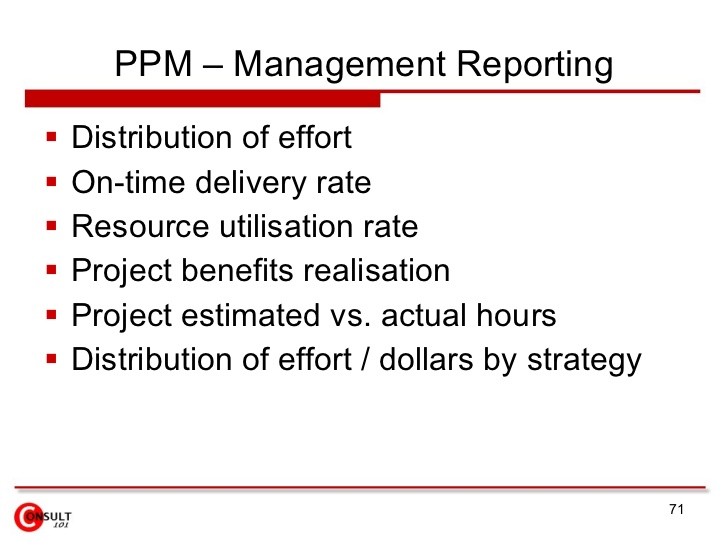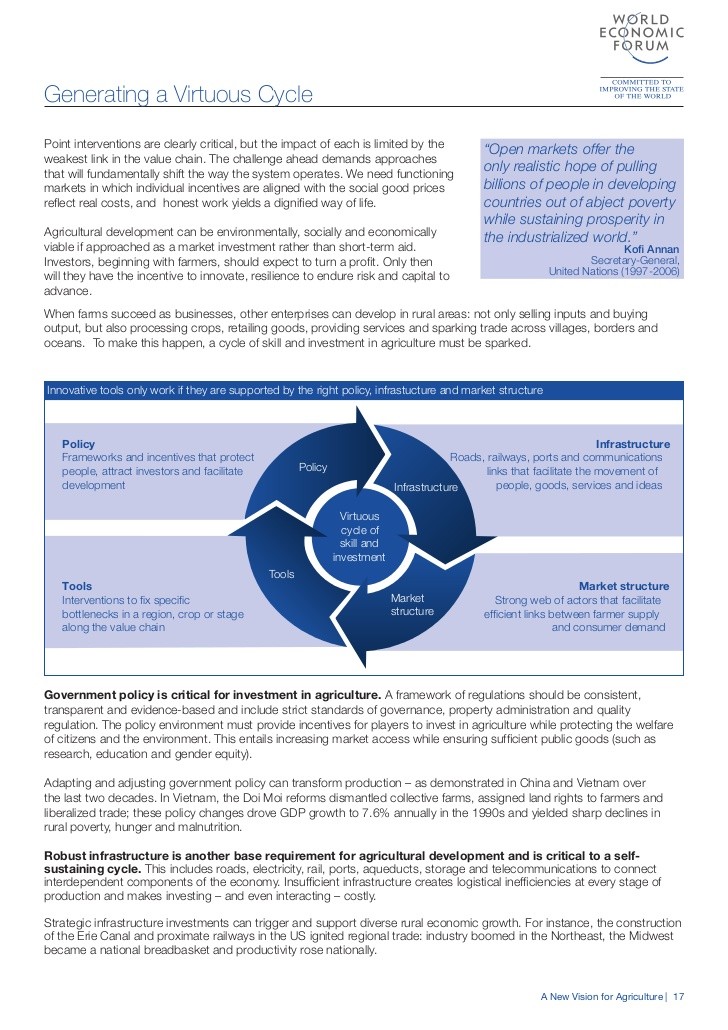Realising the Benefit of a Holistic Approach to the Financial Supply Chain
Post on: 5 Апрель, 2015 No Comment

by Gregory Cronie, Head of Sales Corporates, Netherlands, ING Commercial Banking, Payments and Cash Management
Financial supply chain (FSC) management is a concept that has become increasingly familiar since the economic crisis as treasurers have tried to reduce their dependency on external lending by managing working capital more effectively. While the immediate crisis may have passed, the benefits of an approach which fully integrates the relevant financial processes have proved compelling for companies. Treasurers have recognised that they can enhance the value they deliver to the organisation by influencing the elements which contribute to working capital and speeding up the cash cycle, as opposed to simply dealing with operational outcomes. To develop a holistic view over financial processes, and to align the physical and FSC, a new approach to financial management must be defined that is less focused on individual processes and/or departments, and more on the overall needs of the business.
Understanding the supply chain
Key to a companys success is the alignment of the physical supply chain and FSC, which should be connected by an accurate and timely flow of information. The physical supply chain is often considered as a one way flow of goods and services. In reality, this only tells half the story, as companies will be sourcing goods and services as well as producing them. This is a crucial distinction when it comes to understanding the FSC and its relationship between working capital and liquidity management. In many respects, it is useful to think of the FSC as being a parallel, but reverse process to the physical supply chain, supporting the flow of goods in two directions. Consequently, an effective FSC approach combines both order-to-cash (i.e. customer order through to collection and reconciliation) and purchase-to-pay (issue of purchase order through to settlement of invoice) processes. By aligning the two, e.g. improving the information flow on which cash and liquidity management decisions are based, will have a dramatic impact on working capital and balance the need for working capital financing.
Justifying the investment
Despite the potential benefits, treasurers frequently need to justify an investment in optimising the FSC, and their role in doing so, particularly as they do not necessarily have direct responsibility for all the relevant areas such as purchasing or customer collections. In many companies, there has only been an emphasis on optimising the physical supply chain, introducing highly sophisticated processes and systems. In reality, however, investing in the FSC is just as, if not more important. A companys overriding responsibility is to deliver stable returns to its shareholders, and the goods and services which it provides are the mechanisms to do this, not the other way round. Consequently, investment in the FSC is key to a well-managed business with consistent returns and a competitive margin. Furthermore, while the treasurer often influences, as opposed to directly controlling, many of the elements involved in the order-to-cash or purchase-to-pay process, s/he is ideally positioned to oversee how these processes contribute to an effective cash and liquidity management strategy.

Aligning the organisation
Since 2008, awareness and expertise in FSC management has developed considerably as more and more companies have achieved tangible successes. Working with the right banking partner, with the solutions, organisational structure and collaborative approach is crucial. It has become apparent to many companies that the traditional structure within banks, with the business organised around product silos, does not accommodate the holistic approach that they require. Instead, the bank partner that supports an FSC optimisation programme needs to be organised around the needs of the customer from end to end. The bank needs to facilitate solutions that integrate disparate processes and departments, and promote internal and external collaboration.
Secondly, the bank needs a deep understanding of the full order-to-cash and purchase-to-pay cycle, how these connect with the physical supply chain and how to align the two. By doing so, financial events linked to the receipt of orders from customers or the issue of orders to suppliers can be initiated as efficiently as possible. Similarly, financial events (such as late customer payments) can be used to influence decisions dynamically, such as customer credit lines or payment terms. To achieve this, the partner bank needs to combine the right skills, and adopt a disciplined approach to understanding, prioritising and recommending solutions to customers FSC challenges. At ING, we start by conducting a two to three hour interview with all the departments in the client organisation that are engaged in order-to-cash and purchase-to-pay processes, from customer credit through to purchasing. This ensures that all departments are engaged, with each departments individual challenges incorporated, as well as the overall financial objectives of the company. Once this process has been completed and priority areas identified, we then conduct a deep dive with the client to determine realistic solutions to these challenges.














